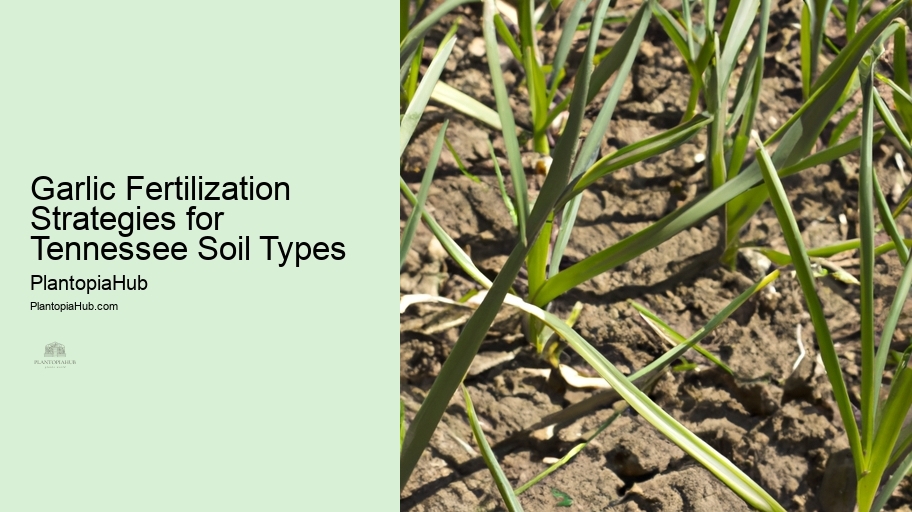

Mulching plays a vital role in garlic farming in Tennessee. Applying a layer of mulch, such as straw or leaves, around your garlic plants helps conserve soil moisture, suppress weeds, and maintain consistent soil temperatures. Mulch also protects garlic bulbs from winter frost.
To mulch effectively, spread a 3-4 inch layer around your garlic rows after planting. Avoid piling mulch directly onto the garlic stems. Mulch should be replenished as needed throughout the growing season.
In conclusion, utilizing proper mulching methods for garlic beds in Tennessee is essential for healthy garlic growth.
Recognizing and addressing garlic diseases promptly is crucial for Tennessee farmers. Common diseases include white rot, rust, and botrytis. Regularly inspect your garlic plants for yellowing leaves, lesions, or moldy growth.
To manage diseases, practice good sanitation by removing infected plants and practicing crop rotation. Fungicides can be used as a last resort. Preventing disease is key, so start with disease-resistant garlic varieties and well-draining soil.
In conclusion, identifying and managing garlic diseases is a vital aspect of successful garlic farming in Tennessee. A proactive approach to disease prevention and management can safeguard your crop.
To maximize garlic yield in Tennessee, follow these expert tips and techniques.
Additionally, trim garlic scapes to divert energy to bulb development and remove any competing weeds. Harvest when the lower leaves turn yellow but still have some green remaining. Cure and store your garlic properly for long-term enjoyment.
In conclusion, implementing these expert tips and techniques can lead to exceptional garlic yields in Tennessee. A combination of proper care, attention to detail, and experience will help you achieve the best results.
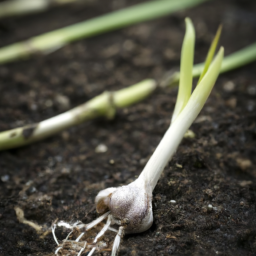
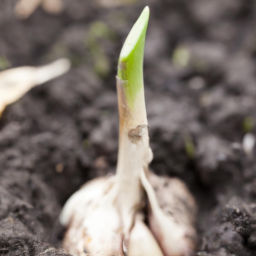
Harvesting garlic at the right time is crucial for quality bulbs. In Tennessee, garlic is typically ready for harvest in early to mid-summer when the lower leaves turn yellow. Avoid waiting too long, as overripe garlic may split or develop a strong flavor.
To harvest, gently dig up the bulbs using a fork, taking care not to damage them. Afterward, cure the garlic by hanging it in a well-ventilated area for several weeks. Proper curing ensures long-lasting, flavorful garlic.
In conclusion, understanding the signs of garlic readiness and mastering harvesting techniques are essential for Tennessee garlic farmers. Timing and care during this phase greatly influence the quality of your garlic crop.
Curing and storing garlic correctly is vital for its long-term use. After harvesting, tie garlic bulbs in bundles and hang them in a dry, well-ventilated location. This allows excess moisture to evaporate and improves flavor.
Once cured, store garlic in a cool, dark place with good air circulation. Climate Change Adaptation Strategies Garlic can last several months when stored properly. Avoid refrigeration, as it can induce sprouting.
In conclusion, mastering the art of curing and storing garlic is essential for enjoying its freshness throughout the year in Tennessee. Proper storage preserves flavor and quality.

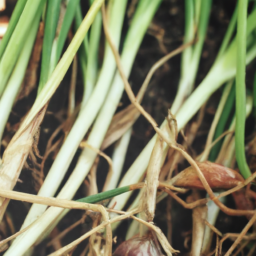
Sustainable garlic farming practices benefit both the environment and your farm's long-term viability. Focus on soil health by practicing crop rotation, using cover crops, and minimizing chemical inputs.
Embrace organic methods and prioritize biodiversity by planting companion crops and supporting pollinators. Additionally, invest in efficient irrigation systems to conserve water.
In conclusion, sustainable garlic farming practices are crucial for Tennessee farmers looking to protect the environment and ensure the longevity of their garlic crops.
Beyond the culinary advantages, growing garlic in Tennessee offers economic benefits.
Additionally, garlic farming can diversify income streams for small-scale farmers and create local jobs. As consumer interest in organic and locally grown produce continues to rise, garlic presents a lucrative opportunity for Tennessee growers.
In conclusion, recognizing the economic benefits of growing garlic can inspire Tennessee farmers to explore this valuable crop further.
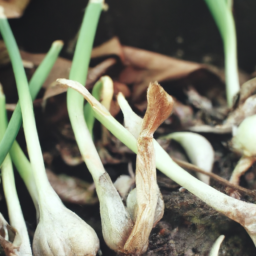
Crop insurance is essential for garlic farmers in Tennessee because it provides financial protection against unforeseen events that can impact crop yields, such as adverse weather conditions or crop failures. By investing in crop insurance, garlic farmers can secure their income and minimize potential losses, ensuring financial stability and peace of mind during challenging seasons.
The optimal time for planting garlic in Tennessee typically falls between late September and early November. It's important to consider your specific location within the state, as warmer regions may benefit from earlier planting in September, while cooler areas may choose a late October start. Monitoring local temperature trends and referring to the USDA hardiness zone map for Tennessee can help determine the best planting window.